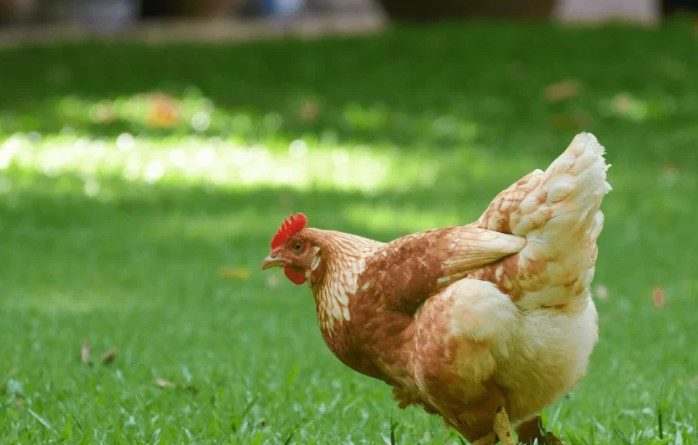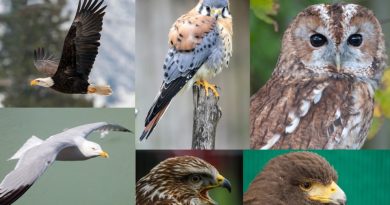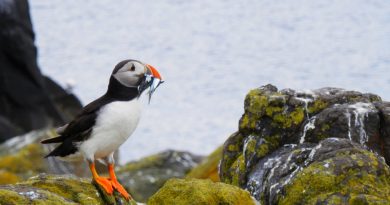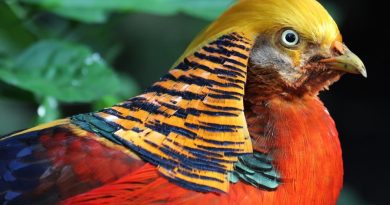Threats to Avian Biodiversity
Conservation of Wildlife
Birds play a vital role in ecosystems, contributing to plant pollination, seed dispersal, and pest control. Additionally, they serve as a source of inspiration for art, culture, and birdwatching tourism. However, many bird species are facing serious risks of extinction due to threats such as habitat loss, illegal hunting, climate change, and pollution.
Conserving birds is essential for preserving biodiversity and maintaining healthy ecosystems.
Habitat loss is one of the primary threats faced by birds. Deforestation, the conversion of natural areas into agricultural land, and unchecked urban growth reduce the space available for birds to live, feed, and reproduce. Habitat fragmentation can also lead to the isolation of populations, reducing genetic diversity and increasing species vulnerability to diseases and other issues.
Illegal hunting is also a major problem for birds. The demand for feathers, meat, and eggs in some parts of the world puts several species at risk. Uncontrolled exploitation of wild birds for the illegal pet trade also threatens avian biodiversity. Awareness and strict enforcement of wildlife protection laws are crucial to combating this threat.
Climate change is a growing concern for birds. Rising temperatures, changes in rainfall patterns, and extreme weather events affect food availability and bird migration patterns. Some species may not be able to adapt quickly enough to environmental changes, leading to population decline and potentially extinction.
Pollution also plays a significant role in reducing bird populations. Air, water, and soil pollution affect the quality of habitats and the availability of food resources. Additionally, exposure to toxic substances, such as pesticides and heavy metals, can harm bird health and reduce their reproductive capacity.
Conserving birds requires joint efforts at the local, regional, and global levels. Measures such as creating protected areas, restoring degraded habitats, and implementing sustainable agricultural practices are essential to provide refuge and resources for birds. Environmental education and public awareness also play a crucial role in promoting bird conservation and changing behaviors that threaten their survival.
Furthermore, international cooperation is essential for the conservation of migratory birds that depend on habitats in different countries along their migration routes. International agreements and treaties, such as the Convention on Migratory Species (CMS) and the Convention on Biological Diversity (CBD), play a significant role in protecting and managing these species.
Technology also plays an increasingly important role in bird conservation. The use of advanced monitoring techniques, such as satellite tracking and the use of drones, allows scientists to study migration patterns, monitor population health, and identify critical conservation areas. This valuable information can inform conservation policies and guide protection efforts.
However, it is important to recognize that bird conservation is not an easy task. It requires ongoing commitment from governments, non-governmental organizations, local communities, and individuals to address threats and promote sustainability. Establishing partnerships and cooperation between different sectors of society is necessary to implement effective conservation strategies.
Moreover, public awareness plays a fundamental role in bird conservation. Through environmental education campaigns, responsible ecotourism programs, and community engagement activities, it is possible to create greater appreciation and value for birds and their habitats. This can lead to positive behavioral changes and species protection.
In summary, bird conservation is essential for preserving biodiversity and ensuring ecosystem health. Habitat loss, illegal hunting, climate change, and pollution are significant threats that need to be addressed.
Conclusion:
We conclude on the topic “Threats to Avian Biodiversity” that with collective actions and comprehensive strategies, it is possible to reverse the trend of declining bird populations and promote sustainability. Each of us can play a role in this effort, whether through supporting conservation initiatives, environmental education, or adopting sustainable practices in our own lives. Together, we can ensure a future where birds continue to fly freely and enrich our ecosystems.
If you enjoyed the article on Threats to Avian Biodiversity, share it with your contacts and leave your comment.




